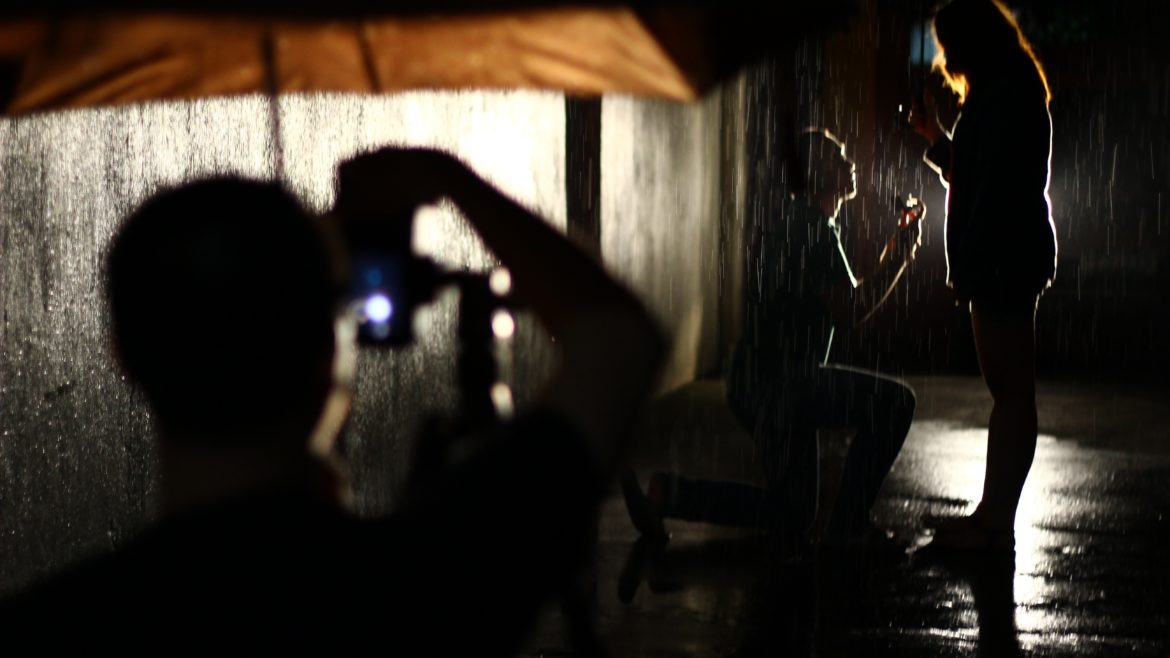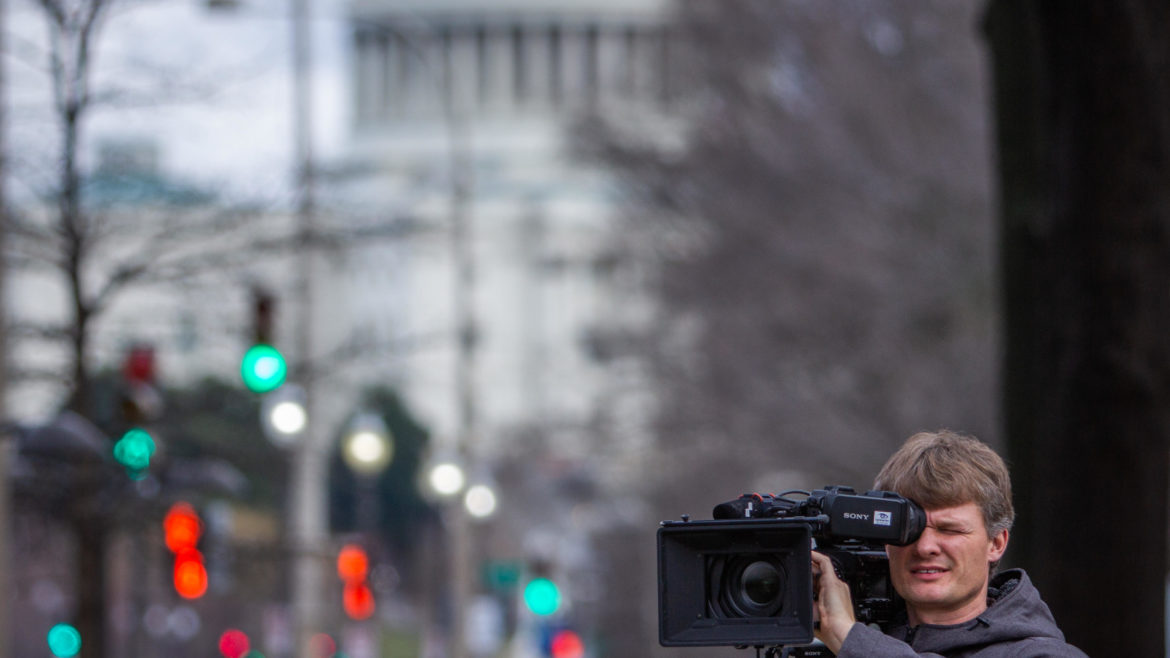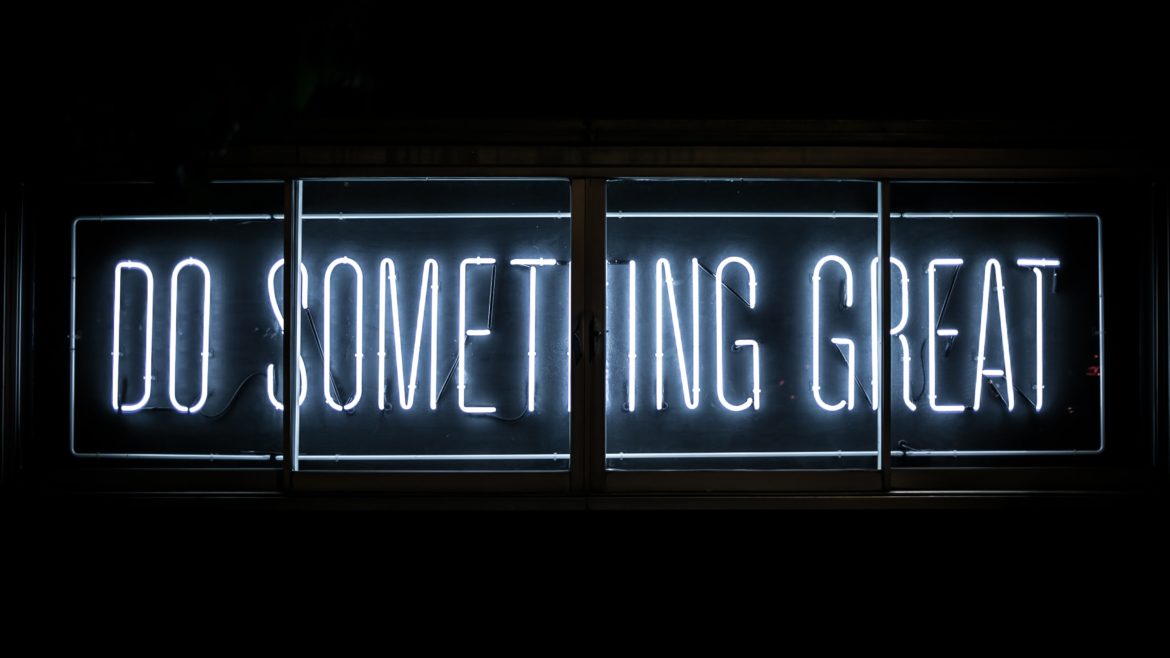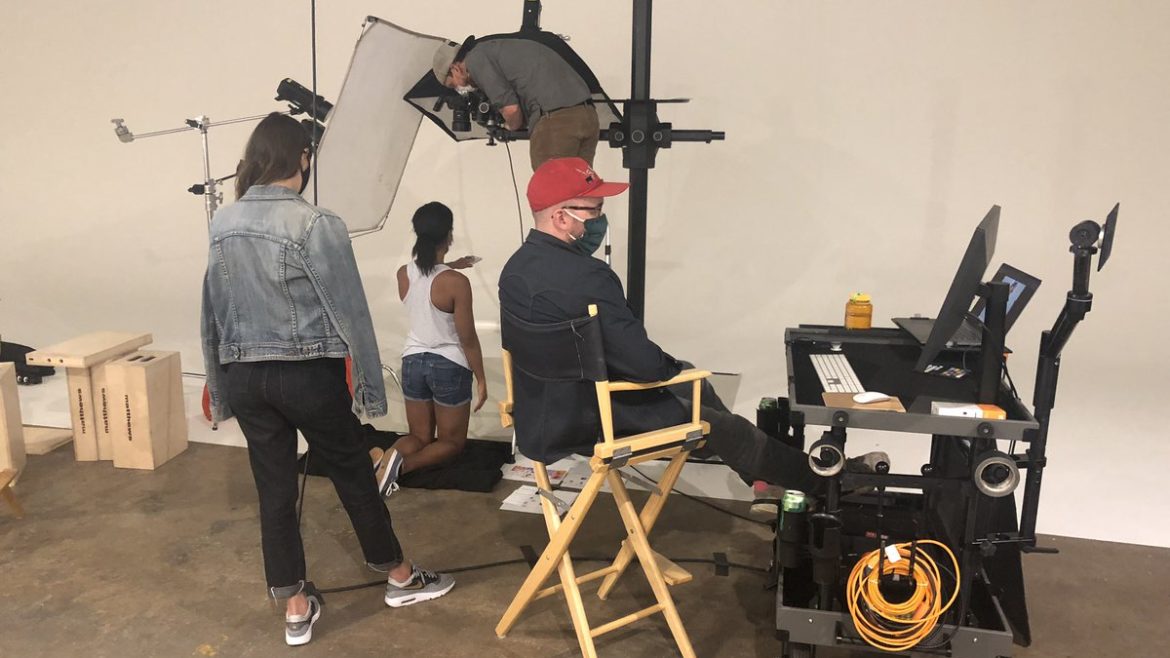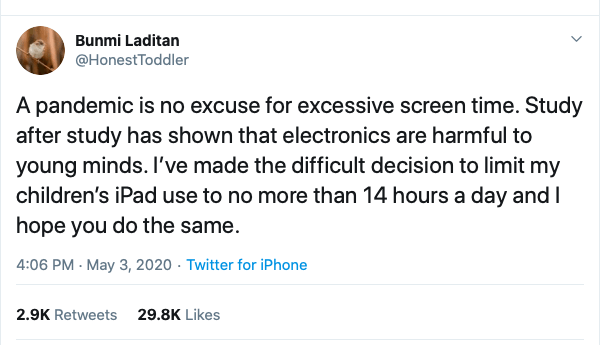Whether it’s framing as a storytelling device, the marvels of the latest gear, or the wonderful world of lenses, video professionals all have our areas we can geek out about. For Patrick O’Donnell of Eye to Eye Video, it’s the latter. His love affair with lenses started as a kid staring at catalogs and has now led him to a successful career as a tourist with better toys.
Here’s the 20-year veteran’s take on what lenses to use for what situations, what to buy versus rent, what mistakes to avoid, and how to be successful in the industry.
Alicia East: How did you get into this industry?
Patrick O’Donnell: I had always wanted to be a still photographer growing up. I used to stare at photos in magazines with amazement and I knew that that’s what I wanted to do with my life— make amazing images. I also used to stare at photography catalogs and dream of owning all the lenses on the list. Some of them were $10,000 dollars! I wanted to know what it was like to put a lens that cost that much money on the front of my camera. My parents weren’t very supportive at first. They told me “A still Photographer? That’s not a real job!” They had very defined ideas about what jobs were. My mom was a teacher and my dad is a police officer.
“Still photographer” must have sounded really outside the box to them at the time. But for some reason, they let me study Mass Communications and Radio at Towson University. I guess they listened to the radio and that made sense to them as a good career choice. They must not have realized then that images were everywhere in every medium and they didn’t equate that someone had to take those photos and got paid to do it. So I ended up taking Film 101 in between my radio classes at Towson with Professor Greg Faller and quickly found my passion. I was officially out of radio and into moving imagery. In high school I had taken a lot of photo classes, but it wasn’t until I took Greg’s class in college that I actually understood cameras and lenses and their importance to storytelling. Taking 24 pictures every second to compose a story, I was in love. I had such high regard for the power of a single image and still do, but this just fit, and telling stories with lenses quickly became my life.
AE: What lens do you use for which situations? Why?
PO: Every choice with a lens should be to serve the story. I shoot a lot of interviews and then shoot the subjects doing what they do. I really like wide angle lenses and if the locations are interesting I’ll use wide angle lenses to show them off. To get a close up I’ll move a wide lens in closer to the subject, always being careful not to distort them, and by doing this I can make a shot feel more intimate while also showing off a bit more of the environment behind them. This approach can make the subject’s world feel bigger and the lens is physically closer to them and that helps with the psychology of feeling closer to the subject, because you physically are via the lens. And it’s also important if the environment helps to serve their story. 20mm or 24mm are my favorites for interviews lately.
Of course it’s not always possible or appropriate to put a camera closer to the subject, and 50mm and 85mm are the standard portrait lenses for a reason. They are always the most flattering photographically to faces and they offer a greater separation from the background and can really help to isolate someone in their environment and give them enough room to let their story unfold.
AE: What are your go-to lens? Why?
PO: My main lenses right now the Sigma 18-35mm and the 50-100mm, both are T2 cine versions. I treat them like variable primes. The flexibility to zoom in or out a little and still have a nice wide aperture has made for a perfect combination for me. Clients and subjects don’t always want to wait for a lens change, and more and more speed is required on set and it’s dictating lens choices. I find the Sigmas to be very sharp and fast, yet still economical.
I also use the Canon C-NE 18-80mm with a cine servo a lot. It’s slower at a T4, but offers great affordability and flexibility. When there isn’t time for a lens change and capturing coverage is more important than shot creation, it can cover just about anything quickly while still having great color rendition and sharpness. And for when the camera is on my shoulder all day, it’s light and fatigue is less of an issue. The Canon 17-120mm is a superior choice and I love it, but fatigue is a real factor during long days with it. Even with an Easy Rig, it’s a lot of weight. It weighs more than twice as much as the 18-80mm—not to mention that it’s four times the cost. After 20 years of holding a camera on my shoulder, my back now gets a say in the lens choice.
AE: What lenses are must haves even if you don’t use them often? Why?
PO: As a documentary cinematographer, you need to be able to capture whatever is necessary to tell the story at any given time. This means a little bit of everything needs to be in your lens kit. No one can afford to have every special lens on hand at any time, but you’ve got to have enough to get by for when the surprise shot pops up from a producer or client, and they will all the time. Must-have focal lengths are everything from 16mm up to at least 200mm, and I believe in zooms. And then there are some specialties that can really help. A macro isn’t must have, but can really bring a lot to the table. Another is a super long telephoto. The Sigma 60-600mm has saved the day for me here and there when in need of a shot of a subject 200” away at a podium. You can’t always just move in for a close up.
AE: When do you rent and when do you buy? Why?
PO: Anything you use daily you should own, and you should buy the best you can afford and make money with while not sending yourself into debt. I learned early on when I was looking at the lenses in those photo catalogs as a kid that they are an addiction. They are all so different and necessary that you’ll quickly want them all. It’s funny that those still photography lenses I was looking at back then are now available for and widely used on modern video cameras, but they lack some of the finer cine accommodations like a smooth iris or accurate focus markings. Even without those things, they can look great. Cine lenses usually are lot more expensive than still lenses and some cine lenses can cost over 100K! So I rent when a project calls for something special or when there is room in the budget. My Sigmas are great and I truly love them, but when the client is expecting more and is willing to put more budget into a project, I’ll go for it. I often consult with the production and show them why the story would be better with a certain rental choice. Sometimes the lenses need to be bigger, smaller, faster, longer, wider, or match a look that was previously shot. You can’t own them all… at least that’s what my bank tells me!
I recommend renting any lens before a major purchase and this will assure that you get exactly what you’re looking for and exactly what you need to get your stories completed.
AE: Have you ever regretted a lens purchase? Why?
PO: I did have a regretful purchase. It was a used lens I had previously tried and I bought it from a guy on a web forum. It seemed to check out initially, but after some real world use I noticed that it was not 100% and it had a back focus/alignment problem. The seller denied any problems and also denied a refund. I had to send the lens in for a repair and it ended up costing just as much as it would have if I had bought it new at the end of the day. Buying used is a great way to save some money, but you have to be careful. Be thorough and always buy from a reputable dealer or seller. Too good to be true is usually too good to be true. The bum lens is fine now, but the level of trouble was not worth the negligible savings and hassle.
AE: What is tops on your wish list? Why?
PO: I want them all! But realistically I’ve got my eye on the new Angenieux EZ lenses. My primary camera has been and still is a super 35mm Sony PMW-F5, but I see the Sony PXW-FX9 in my near future and the main feature for me is its full frame sensor. Full frame hadn’t been a consideration when I first bought the Sigmas, which only cover super 35, but the world is changing to a bigger sensor and bigger is better, right?
The EZ line is made up of fast cine zoom lenses that cover a full-frame sensor and can also be outfitted with a zoom controller. The full frame combo of the two lenses cover 22-60mm and 45-135mm, which is a very similar focal length to my Sigma’s in S35. It’s also a combo of focal lengths that I’m used to and comfortable with. Full frame means new lenses, and everyone likes new lenses, right? Well, everyone except my financial planner.
AE: Lenses have come a long way through the years. What do you think is next?
PO: Autofocus could be a real game changer. I shoot a lot of very long interviews and most of the time I’m at a very large aperture to create a very shallow depth of field. This can sometimes make the task of keeping a mellow subject in focus very tedious, but a subject that moves a lot or is very animated can force you to stop down and change the bokeh of the shot to ensure that they remain in focus. For as long as I’ve been shooting, my advice to anyone about cameras was to turn off all the automatic controls. This may be over, because both Sony and Canon now have very professional and usable autofocus systems. Sony’s new system in the FX9 is called dual hybrid and utilizes both phase and contrast detection with stunning results. I’ll be following closely to learn which lenses have the best compatibility and dependability. I think autofocus could even bump the Angenieux EZs off the top of my wish list. I sense some lens testing coming.
AE: What advice do you have for people just getting into the business?
PO: I have three pieces of advice to anyone just entering this industry:
Make yourself available if someone calls. The key to getting your foot in the door is entering the door when it opens.
Be on time. This is the most basic and best thing you can do. Production shouldn’t have to wait for you ever and not showing up on time is highly disrespectful and shows a lack of professionalism. In this industry you will need to build a good reputation and reliability and dependability should be your top priorities.
Listen to your instincts and be passionate about your work. I knew early on that I wanted to make images and I stuck with the path even though it seemed crazy to my folks. I made it work and even turned it into a great career. They can now see that I made a good choice for myself and that I have found this career path to be highly rewarding, engaging, and enlightening. I basically get to be a tourist, just with a much bigger camera, and I find myself getting access to people, events, and places that few get to see and experience firsthand. If you go down this path, throw yourself into it and enjoy the moments you get to capture and It’ll show on the screen. The gear is important, but the most important part of it all is a clear vision and a good dose of passion.
Once you build your arsenal of lenses, put them to good use with Crew Connection’s high-quality clients.
Note: Conversation edited for clarity and brevity. This article first appeared on ProductionHub here.
About Patrick O’Donnell:
O’Donnell is Director of Photography at Eye to Eye Video based in the Washington DC area specializing in corporate, broadcast, and documentary video. O’Donnell has 20 years experience and is still learning new things every day. He works mainly in small crews of 2-4 people with him, audio, grip, and gaffer. He focuses mainly on feature stories and high-end interviews for Fortune 500 companies, major networks, and documentaries. Check out his demo reel for what all those awesome lenses can do.
